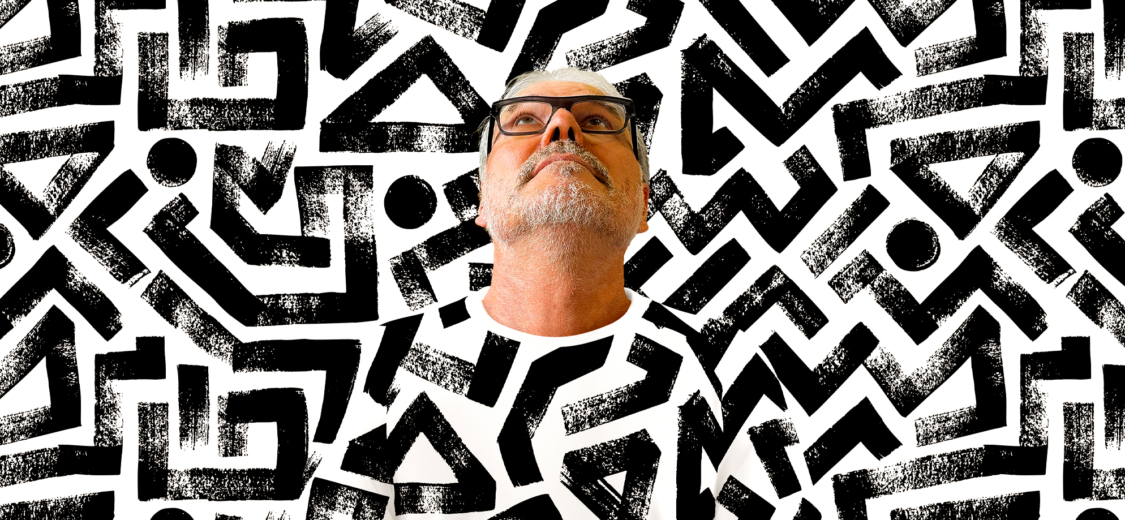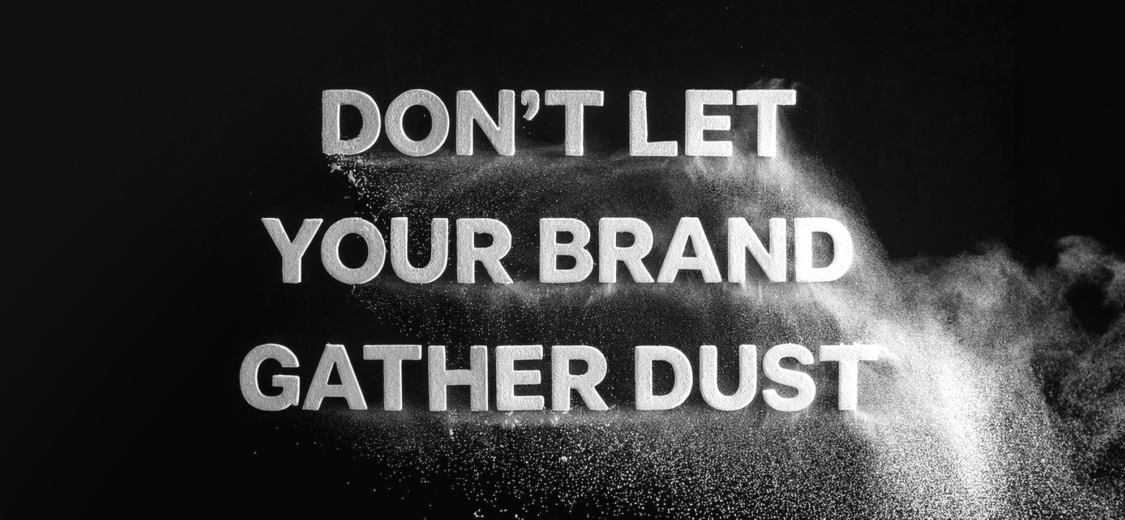In 2025, your brand’s survival will depend on one thing: personality. A recent study revealed that 90% of consumers are more likely to trust a brand that feels personal and relatable. Yet too many New Zealand businesses are still clinging to outdated ideas of professionalism that feel cold, corporate, and detached. Here’s the hard truth: serious is out, and personality is in…
In 2025, your brand’s survival will depend on one thing: personality. A recent study revealed that 90% of consumers are more likely to trust a brand that feels personal and relatable. Yet too many New Zealand businesses are still clinging to outdated ideas of professionalism that feel cold, corporate, and detached. Here’s the hard truth: serious is out, and personality is in.
For decades, industries like insurance, finance, and utilities leaned on seriousness to establish authority. Stiff collars and corporate jargon were the norms. But here’s the reality: Kiwis don’t want to engage with something that feels cold, aloof, and unrelatable. Today, the most successful brands are those that feel like people—approachable, engaging, and yes, fun.
How seriousness became irrelevant
Take the insurance sector. It wasn’t long ago that the industry was defined by forgettable slogans, bland literature and soulless advertisements focused solely on promises of security and stability. But the game has changed. New Zealand brands like Tower Insurance and AA Insurance are leading the charge, shifting to relatable storytelling and ads that make you laugh, smile, or feel understood. Tower’s campaigns, for instance, use simple, human moments to resonate with everyday Kiwis—showing they understand real lives, not just policies.
This isn’t frivolous; it’s a strategy. These brands have realised that injecting personality into their marketing doesn’t just grab attention—it builds trust, establishes loyalty, and wins hearts. People want to feel something, even in “serious” industries like insurance.
Finance finds its human side
Finance has also undergone a seismic shift. Once a bastion of impenetrable seriousness, financial services are learning the value of approachability. Apps like ASB’s Clever Kash have shown how relatability and humour can break down the intimidating walls of finance. This little digital piggy bank wasn’t just functional—it was fun, engaging, and resonated with parents and kids alike. It turned saving money into a shared experience, not just a chore.
Banks face a unique challenge in 2025. With local branches becoming less common and digital tools taking over, human connection risks being lost. While chatbots may ask, “How can I help you today?” they often fail to provide a truly helpful or personal touch. Financial brands that embrace care, empathy, and relatability in their communications—whether online, in-app, or face-to-face—are the ones thriving. Consumers don’t just want convenience; they want to feel understood and valued. Connection is what transforms financial services from transactional to meaningful, creating loyalty in a sector where trust is paramount.
Personality across every industry
It’s not just traditionally “serious” industries making this shift. Across the board, New Zealand brands are realising the value of fun, warmth, and relatability.
Brands are embracing personality to stand out in competitive markets. Some businesses are leaning into boldness and humour, using irreverent campaigns that capture attention and challenge the status quo. These brands know they’re not just selling a product—they’re creating an experience that feels fresh, memorable, and distinctly their own. It’s a strategy that has helped carve out loyal followings in even the most crowded spaces.
In the consumer goods sector, brands that succeed are those that blend quality with authenticity. By pairing high-quality products with compelling storytelling, they create campaigns that feel warm, relatable, and genuine. This approach goes beyond just marketing—it invites customers to feel like part of something special. The result? Strong emotional connections that build long-term loyalty and pride among local consumers.
Even in traditionally “dry” B2B industries, we’re seeing a shift. Businesses are moving away from overly technical, impersonal branding in favour of more human, relatable approaches. By showcasing the people, passion, and innovation behind their work, these brands are creating deeper connections with their audiences. They’re no longer just suppliers or service providers—they’re becoming trusted partners, earning respect and loyalty through authenticity and care.
The fear of losing credibility
Here’s the pushback we often hear: “But won’t personality make us look unprofessional?”
The short answer? No. If anything, the opposite is true. A playful, human tone doesn’t make you less credible—it makes you more relatable. Personality gives your brand depth, making it feel approachable and memorable. That’s what builds trust.
Some brands initially hesitate to embrace a more engaging and personable identity, especially in industries often perceived as serious or technical. There’s often a fear that moving away from traditional, formal branding could undermine their credibility. However, what we’ve found time and again is that adopting a bold, forward-thinking identity doesn’t just help brands stand out—it helps them connect with their audience on a deeper level. By shifting from generic or outdated branding to something more authentic and engaging, these businesses can highlight their expertise while also creating a stronger emotional connection with their customers. The result? A brand that feels both credible and memorable, setting them apart from competitors.
The competitive edge of personality
So, what’s the takeaway? If your brand is still clinging to old-school seriousness, it’s time to loosen the tie. Your brand needs to feel like someone—not just something. Inject warmth, humour, and humanity into your DNA. From the words you use to the way you make people feel, personality isn’t a nice-to-have anymore. It’s the ultimate competitive edge.
In 2025, the Kiwi brands that succeed will be the ones that feel human again. They’ll make us laugh, cry, or smile, reminding us that in a world full of algorithms and AI, connection is still king.
Because when everything else feels robotic, being human is what will make your brand unforgettable.







